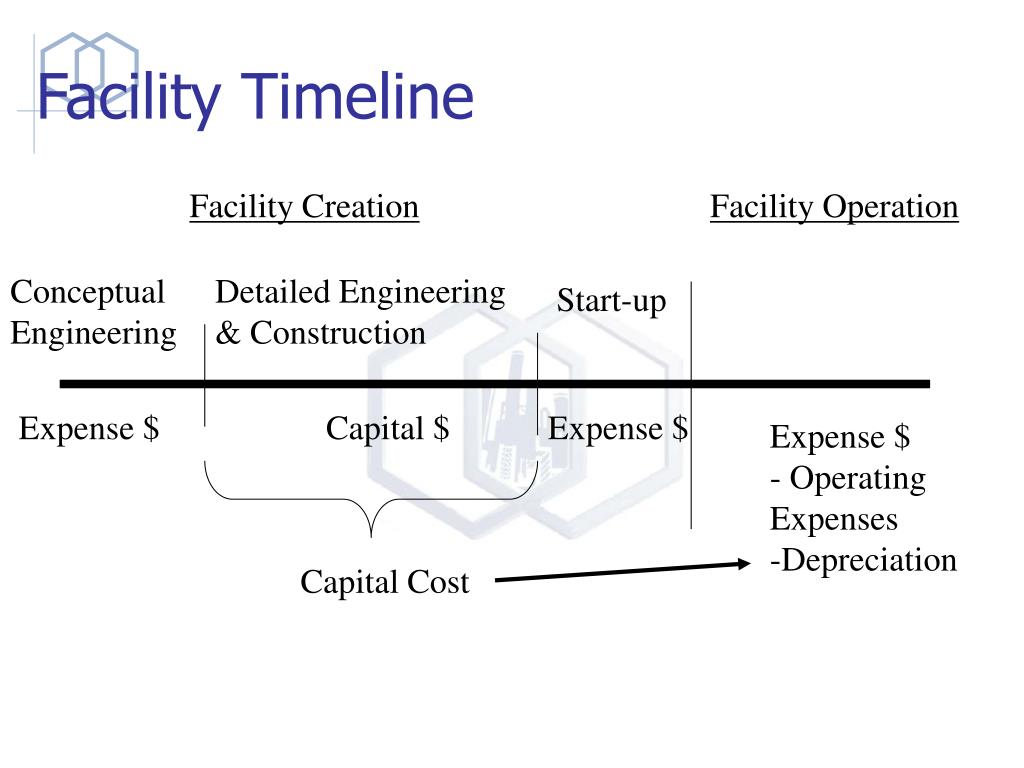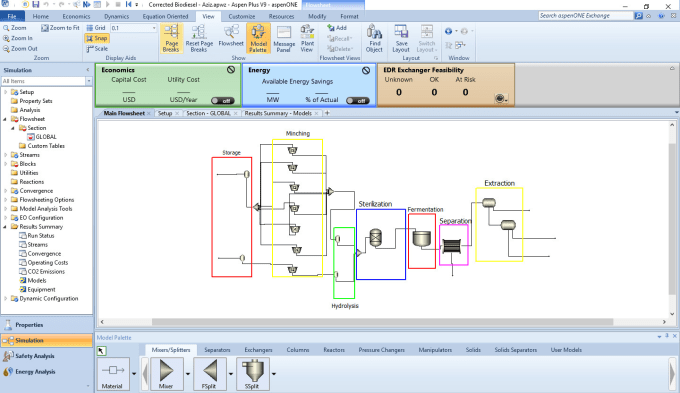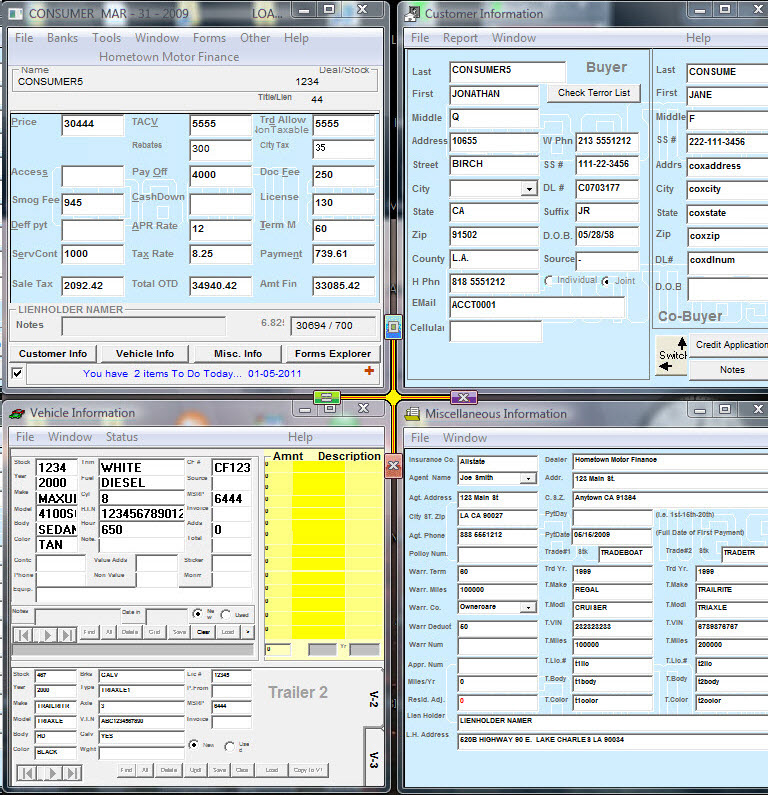

In addition, the MIL-101(Cr)/2.5GO composite for storing methane showed better recycling performance. The greatest capacity of methane in the MIL-101(Cr)/2.5GO composite at 275.15 K and 8.13 MPa was 33.98 mmol/g, and the storage density was 0.54 g/g, which is much higher than the other materials reported previously. When the mass ratio of water to materials was 1:1, the adsorption-hydration isotherm of methane increased sharply over 3.5 MPa owing to the formation of methane hydrate. MIL-101(Cr)/GO composites with H 2O exhibited gas adsorption and methane hydrate formation resulting in greater methane storage in wet materials than in dry materials. It was found that the MIL-101(Cr)/2.5GO composite had the highest adsorption capacity of methane among MIL-101(Cr)/GO composites, reaching 27.39 mmol/g at 275.15 K and 8.20 MPa. Subsequently, adsorption experiments of methane on MIL-101(Cr) with different mass ratios of GO were carried out.

MIL-101(Cr)/GO composites have higher surface areas and larger pore volumes than MIL-101(Cr).

The results showed that when the mass fraction of GO reached 15%, the structure of MIL-101(Cr) was damaged, indicating that the material synthesis failed. First, the MIL-101(Cr)/GO composite was successfully synthesized by hydrothermal synthesis and characterized. The metal organic framework MIL-101(Cr) (Material Institut Lavoisier)/graphene oxide (MIL-101(Cr)/(GO)) composite was studied as a porous material potentially useful for methane storage. The aim of this study was to increase the storage density of natural gas for large-scale applications, especially for the storage and transportation of natural gas in remote and scattered small gas fields.


 0 kommentar(er)
0 kommentar(er)
